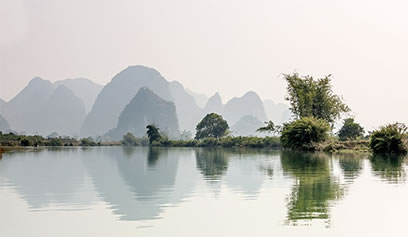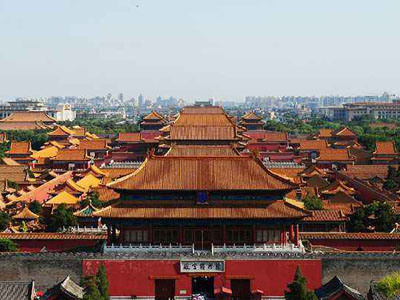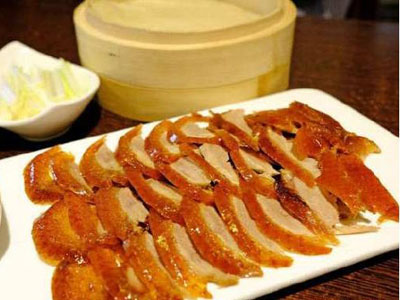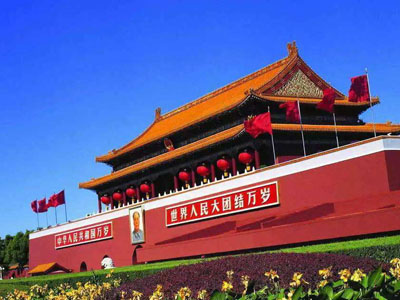Provide the unique service for Panda volunteer project works, Have an intimate contact with Giant pandas. Learn about pandas and the efforts being made to conserve this endangered species on this 6-8 h......
search for a Trip
Beijing Lama Temple
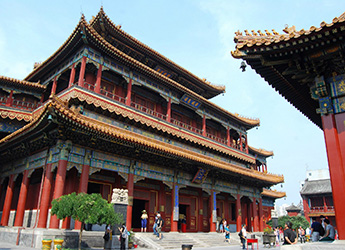 Yong He Gong was built in 1694 as the residential palace of Prince Yin Zhen. In 1723, when the prince became the Emperor Yong Zheng and moved into the Forbidden City, the building was retiled in imperial yellow and converted to a temple (as was the usual custom).
Yong He Gong was built in 1694 as the residential palace of Prince Yin Zhen. In 1723, when the prince became the Emperor Yong Zheng and moved into the Forbidden City, the building was retiled in imperial yellow and converted to a temple (as was the usual custom).
It became a lamasery in 1744, housing Buddhist monks from Tibet and Inner Mongolia. The temple supervised the election of the Mongolian Living Buddha, who was chosen by lot from a gold urn.
After the Civil War in 1949, the temple was closed and declared anational monument. Remarkably, it escaped damage during the Cultural Revolution. It remained closed for 30 years, after which it was reopened mainly as a tourist attraction.
Yonghe Gong is an active Tibetan Buddhist centre, but it isgovernment-sponsored and mainly used to demonstrate China respecting the religious freedom of minorities. It's unclear how genuine the Tibetan monks here are, but they are certainly state-approved. This is where, in 1995, the puppet Panchen Lama chosen by the Chinese government was officially sworn in. Just before that, the Dalai Lama's own choice for the position, the 6-year-old Gedhum Choekyi Nyima, disappeared.
Once something of a circus, Yong He Gong is slowly starting to feel like a place of worship, as there are now many Chinese devotees of Tibetan Buddhism.
The Yonghe Gong is an attractive complex of progressively larger buildings topped with ornate yellow-tiled roofs. The Yonghe Gate dates from 1696 and has statues of celestial guardians. Inside are prayer halls, courtyards, and several rather beautiful incense burners, including a particularly ornate one in the second courtyard that dates back to 1746.
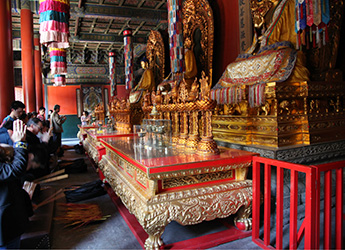 The Falun Dian (Hall of the Wheel of Law), second to last of the major buildings, contains a 6m (20-ft.) bronze statue and paintings of Tsongkapa (1357-1419), the founder of the Yellow Hat (Geluk) sect of Tibetan Buddhism, which is now the dominant school of Tibetan Buddhism. He's easily recognized by his pointed cap with long earflaps. The thrones next to the statue are for the Dalai Lamas when they used to come here to teach.
The Falun Dian (Hall of the Wheel of Law), second to last of the major buildings, contains a 6m (20-ft.) bronze statue and paintings of Tsongkapa (1357-1419), the founder of the Yellow Hat (Geluk) sect of Tibetan Buddhism, which is now the dominant school of Tibetan Buddhism. He's easily recognized by his pointed cap with long earflaps. The thrones next to the statue are for the Dalai Lamas when they used to come here to teach.
The last and grandest of the five central halls is the Wanfu Ge (Tower of Ten Thousand Happinesses), which houses the temple's prize possession - a huge Tibetan-style statue of Maitreya (the future Buddha), 18m (60 ft.) tall. A gift for Emperor Qianlong from the seventh Dalai Lama, it is carved from a single piece of Tibetan white sandalwood and it took three years to ship it to Beijing.
More Attractions
Recommended Tours
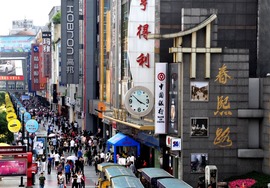
1 Day Budget Chengdu Tour
1 day budget chengdu tours,only lunch, tour guide and tour ticket are included, experience real life of the city. ......
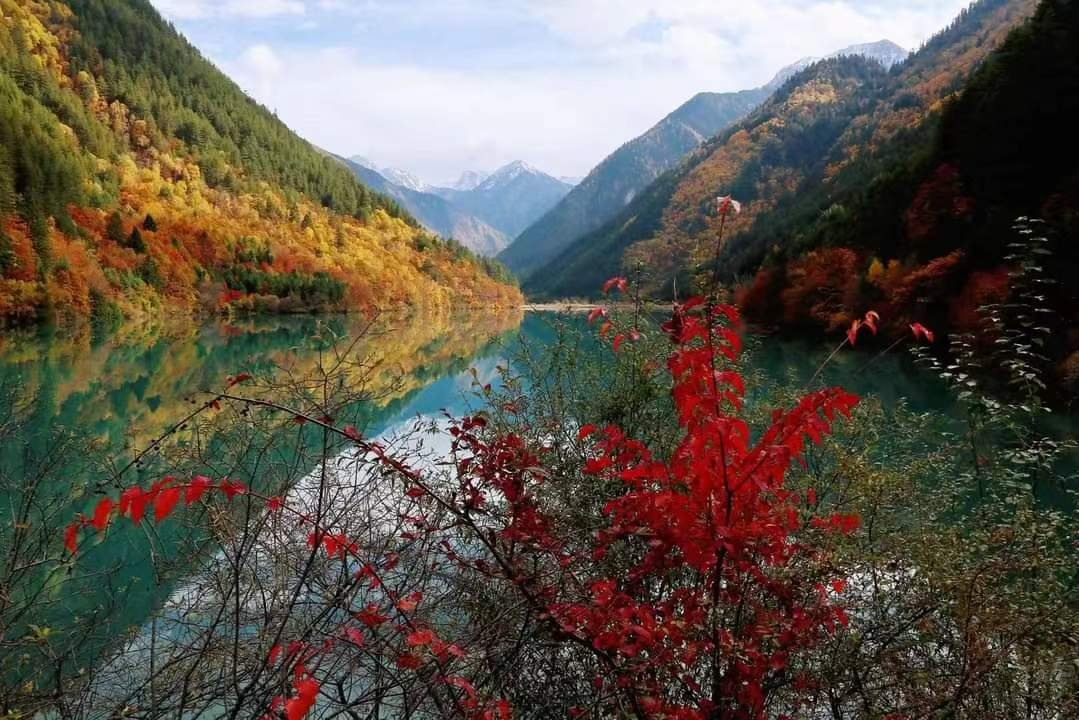
3 Days Jiuzhaigou Valley Train Tours
Three days daily package of Jiuzhaigou train tours, save budget from Jiuzhaigou air tours, easier and comfortable than traditional bus tours. ......
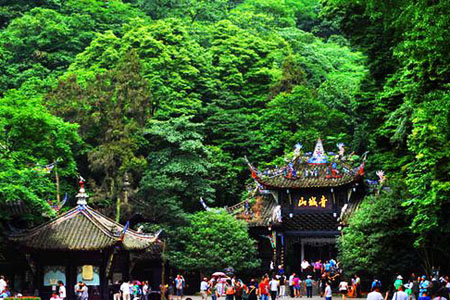
1 Day Mt Qingchengshan and Dujiangyan Dam Tour
One day classic tour to Qingchengshan and Dujiangyan Dam from Chengdu. It is one of the hot sales of Chengdu tour packages. ......
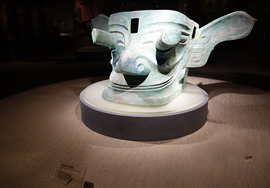
1 Day Mysterious Sanxingdui and Giant Panda Tour
One days tour to Sanxingdui museum and giant panda garden in Chengdu. It is the hottest Chengdu route with the top attractions of Chengdu. ......
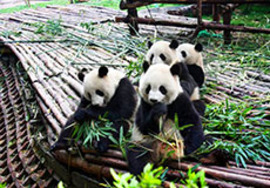
1 Day Chengdu Giant Panda and Leshan Buddha Day Trip
Provide the classic one days tour in Chengdu, visiting Giant panda garden and giant buddha in Leshan in one day, convenient and easy for tourist.......

